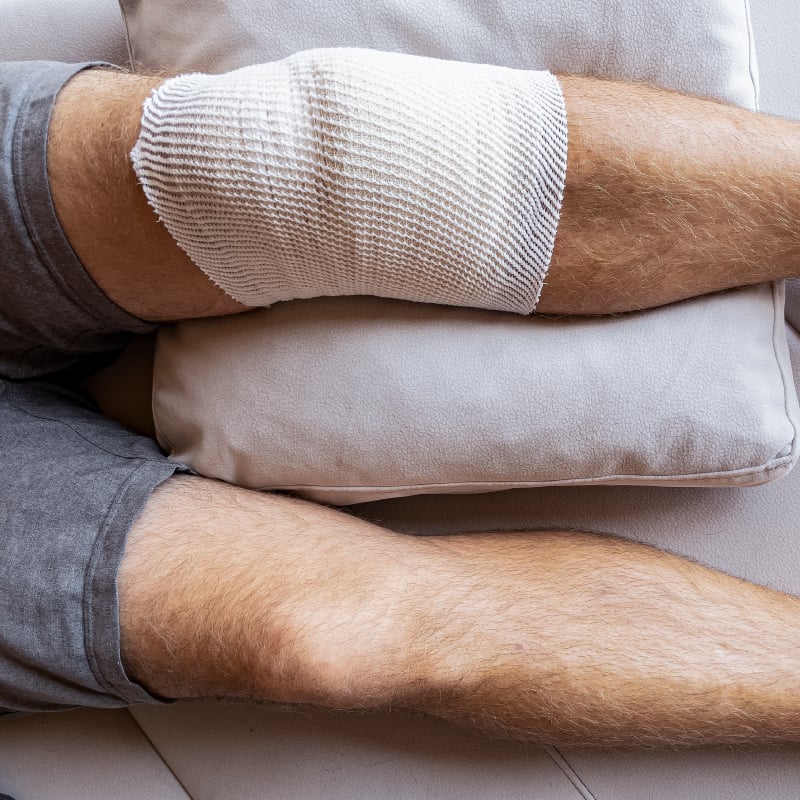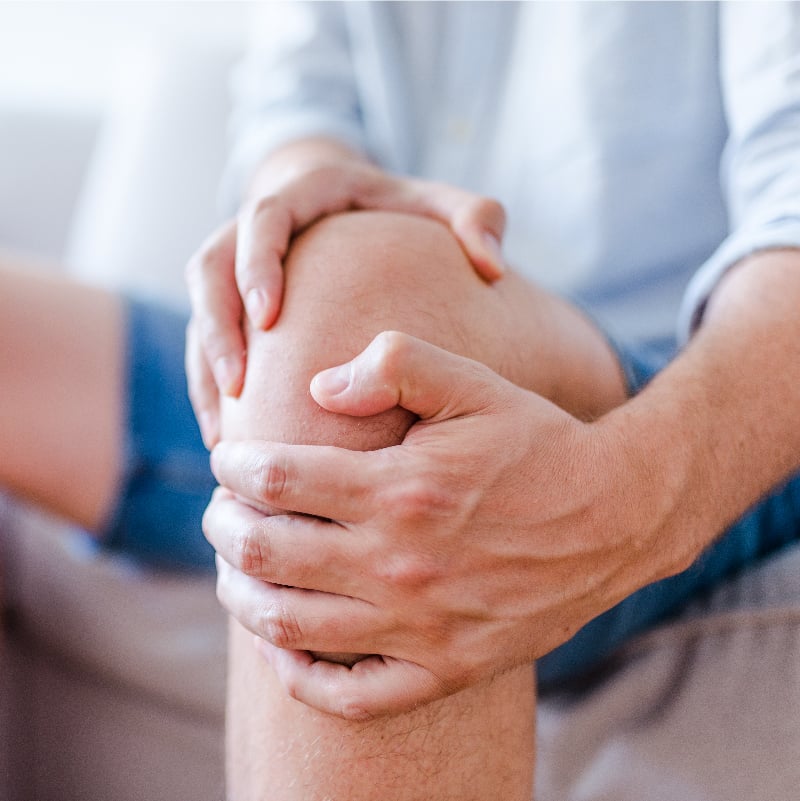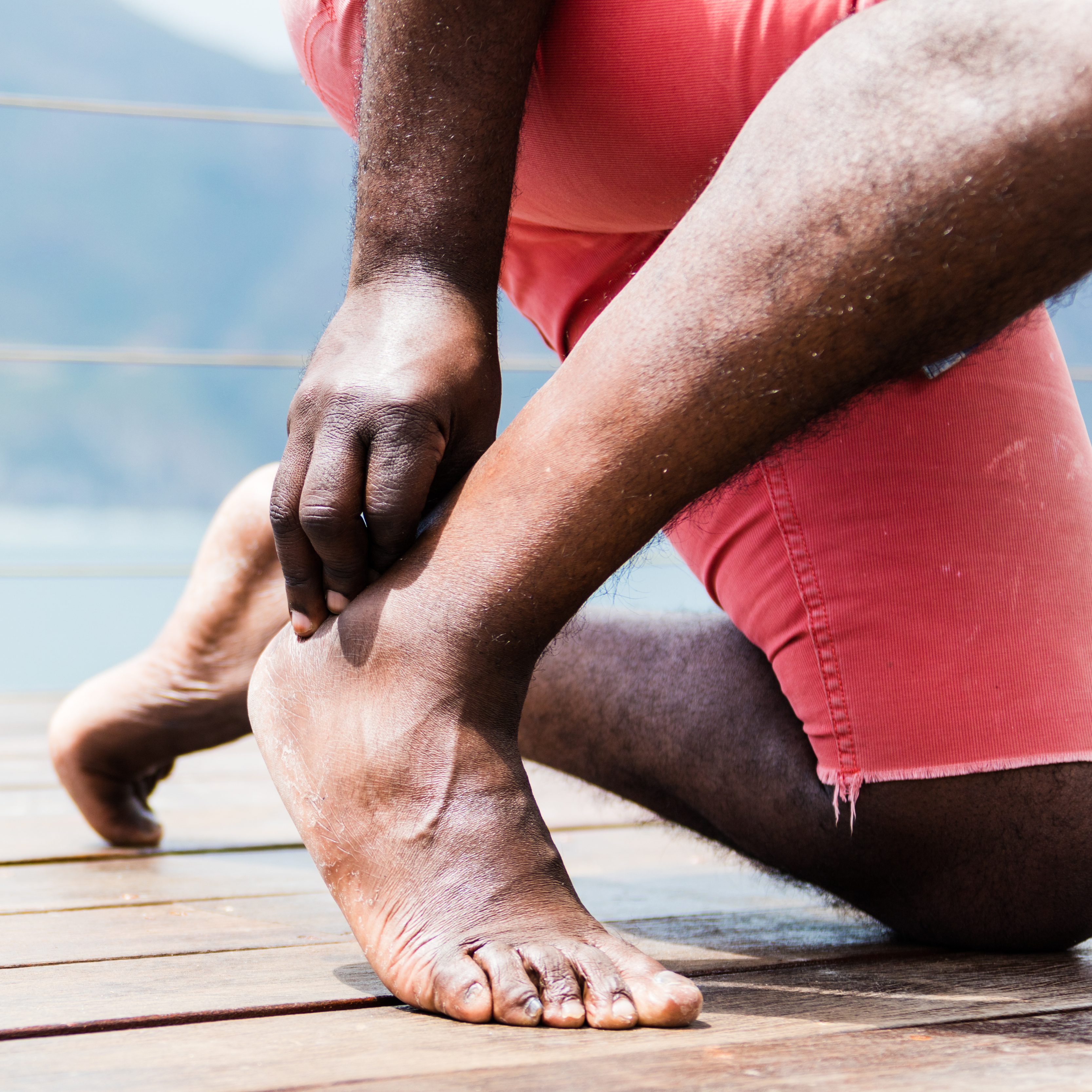Whether you sit in an office chair or stand on your feet all day, it's possible that you're experiencing some pain in your low back. It's so uncomfortable that you try stretches, over the counter medication, yoga, and/or chiropractic care. Your pain begins to affect your work and family life to the point where everything you do revolves around avoiding pain.
If any of these scenarios sound familiar, you're not alone. Low back pain is a prevalent problem. More than 80 percent of adults - both men and women - experience low back pain at some point in their lives. Depending on the severity of the low back pain, it's possible that low back pain can reduce an individual's quality of life. It's a serious problem with serious origins.
Types of low back pain
Acute low back pain is typically short-term pain lasting only a few days. It's usually brought on by activities such as shoveling, cutting firewood, gardening, or lifting. Typically, there's no cause for alarm; often this pain will heal itself in a short amount of time, so a couple days rest often remedies the situation. Acute low back pain has a good prognosis; the patient recovery rate tends to be around 90 percent.
When acute low back pain winds up lasting a month or longer, further evaluation is needed.
Subacute low back pain lasts between 4 - 12 weeks and chronic low back pain lasts longer than 12 weeks. Subacute and chronic low back pain are typically brought on by lifestyle factors that can be prevented with proper care and attention.
Lifestyle changes
Fitness Level: This is typically the common cause for most cases of low back pain but even people in great shape get low back pain. People often claim that their high activity on the weekends is an attempt make up for an entire week of a sedentary lifestyle, but unfortunately this leads to injuries. It's the "weekend warriors" who are more likely to suffer low back pain because their bodies are not conditioned to endure an intense session after days of inactivity.
While longer exercises such as hikes, tennis, golf, and other activities are fun, you should try to stay active during the week to build your body's physical endurance to handle that generated weekend stress. Keep your spinal strength up with a core (abdominal) workout plan and low-impact aerobic exercise (walking the dog, elliptical machine, and/or strength training). Depending on how you plan it, you can incorporate the core workouts into your aerobic exercise; yoga, kayaking, and/or swimming are good examples.
Weight gain: Additional weight puts strain on the spine and can lead to low back pain. A fitness program will help in maintaining not only a steady weight (or weight loss, if necessary), but it will also strengthen those abdominal muscles to counter the strain that extra weight can put on your lower back.
Occupational risk: There are a lot of possibilities for this one. Some people do jobs that involve heavy lifting, pulling, and pushing which can put strain on the spine. On the opposite end of that spectrum, some people sit in office chairs for multiple hours a day with very little movement. For active occupations, be conscious of safety precautions and equipment to protect yourself and your lower back.
For sedentary workers, set a timer to get up and move around. Lunch hour workouts are a popular option for all kinds of occupations. It's a great idea to stand up and walk around a bit every hour or so to take pressure off your back and help engage other muscle groups. Taking several small breaks throughout the day also helps to improve concentration, as contradictory as that may seem.
Age: The factor you cannot change, but you can prepare for. As we age, we tend to lose bone density, our muscles become less elastic, and our muscle tone decreases.
By maintaining an ideal fitness level, your abdominal muscles are less likely to lose tone and instead remain engaged and support the spine. Low-impact aerobic activity puts enough stress on your bones to make certain their is constant repairing and rebuilding of skeletal tissue, ensuring your bones stay strong even as you age.
Genetics: Regardless of what we try to do, sometimes low back pain is inherent.
Ankylosing spondylitis is a form of arthritis that can cause the spinal joints to fuse and cause limited mobility. There is usually a genetic component to this condition, so check to see if there is a family history of chronic low back pain. By being conscious of these factors it's possible to prevent, and in some cases reverse, subacute or chronic low back pain.
Before beginning any change in diet or exercise, check with a doctor to make certain those changes are right for you and the overall health of your body. The expert physicians at Rochester Regional Health can ensure that you're implementing the right preventative care plan for your low back pain needs.









